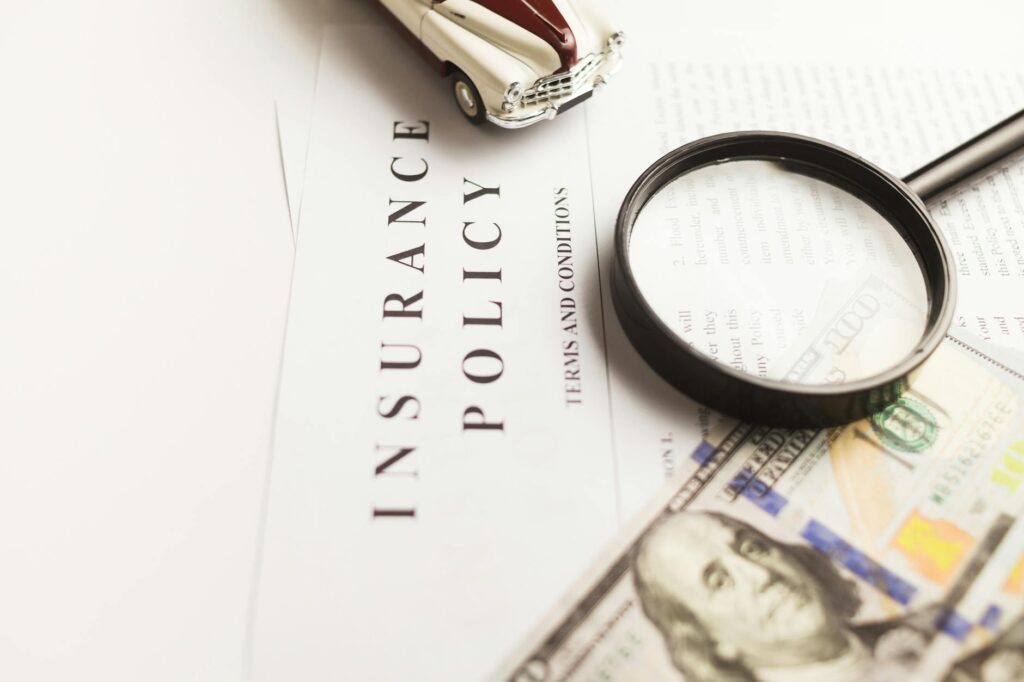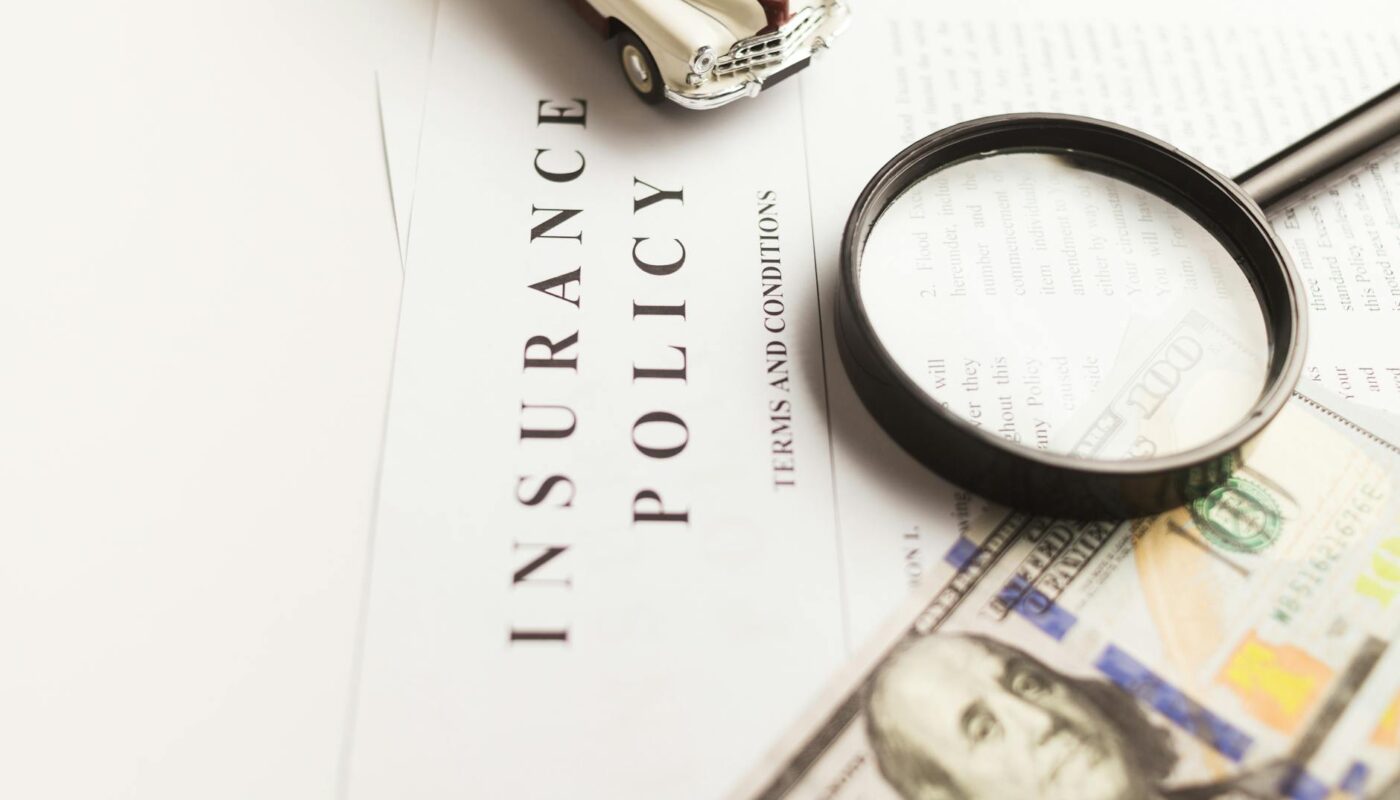Understanding insurance can be a challenge, but it’s crucial for protecting yourself and your finances. One often-misunderstood aspect is uninsured/underinsured motorist (UM/UIM) coverage. This post will break down what UM/UIM coverage is, why you need it, and how it works.
What is Uninsured/Underinsured Motorist Coverage?
Uninsured motorist (UM) coverage protects you and your passengers if you’re involved in an accident caused by a driver without insurance. Underinsured motorist (UIM) coverage steps in if you’re hit by an insured driver, but their liability coverage isn’t enough to cover your medical bills and vehicle repairs. Essentially, these coverages act as a safety net when the other driver’s insurance falls short. 
Why You Need UM/UIM Coverage
Many drivers believe their own liability coverage is sufficient. However, liability insurance only covers the other party’s damages in an accident you cause. UM/UIM coverage protects you in the event that someone else is at fault and lacks sufficient insurance. The Insurance Information Institute provides statistics that highlight the prevalence of uninsured drivers, making UM/UIM coverage a wise investment. In some states, it’s even required.
How UM/UIM Coverage Works
If you’re involved in an accident with an uninsured or underinsured driver, your UM/UIM coverage will kick in. It will help cover your medical expenses, lost wages, and vehicle repair costs. The process typically involves filing a claim with your own insurance company, who will then investigate the accident and assess the damages. Learn more about the claims process. 
What to Consider When Choosing UM/UIM Coverage
UM/UIM coverage limits are typically set by you when purchasing your policy. Consider the level of protection you need; higher limits offer greater peace of mind, but they also come with higher premiums. It’s essential to choose limits appropriate for your financial situation and risk tolerance. Discuss your options with your insurance agent to find the right balance. Also, check your state’s minimum requirements for UM/UIM coverage, to ensure you meet the legal standards. Check your state’s minimum requirements here.
Common Myths About UM/UIM Coverage
Many people incorrectly assume that their health insurance will cover all medical expenses after an accident. While health insurance helps, it often won’t cover all costs associated with a car accident, such as lost wages, pain and suffering, and property damage. Additionally, some believe that UM/UIM only applies if the other driver is completely uninsured—this isn’t true; underinsured drivers are also covered. Contact an insurance professional for further information.
The Importance of Understanding Your Policy
Reviewing your insurance policy and understanding your UM/UIM coverage is a critical step in protecting yourself on the road. Don’t hesitate to reach out to your insurance provider with any questions about your coverage. Having adequate UM/UIM coverage provides significant financial protection in unexpected situations. [IMAGE_3_HERE] Find a local insurance agent.
Frequently Asked Questions
What is the difference between UM and UIM coverage? UM coverage protects you when the at-fault driver is uninsured, while UIM coverage protects you when the at-fault driver is underinsured.
Do I need both UM and UIM coverage? It’s generally recommended to carry both UM and UIM coverage for the most comprehensive protection.
How do I file a claim under my UM/UIM coverage? Contact your insurance company as soon as possible after the accident to begin the claims process.
Can I sue the uninsured/underinsured driver? You may still have the right to sue the at-fault driver, but your UM/UIM coverage will help cover your damages while you pursue legal action.
How much UM/UIM coverage should I carry? The amount of coverage you should carry depends on your individual needs and financial situation. Consult with your insurance agent for recommendations.



